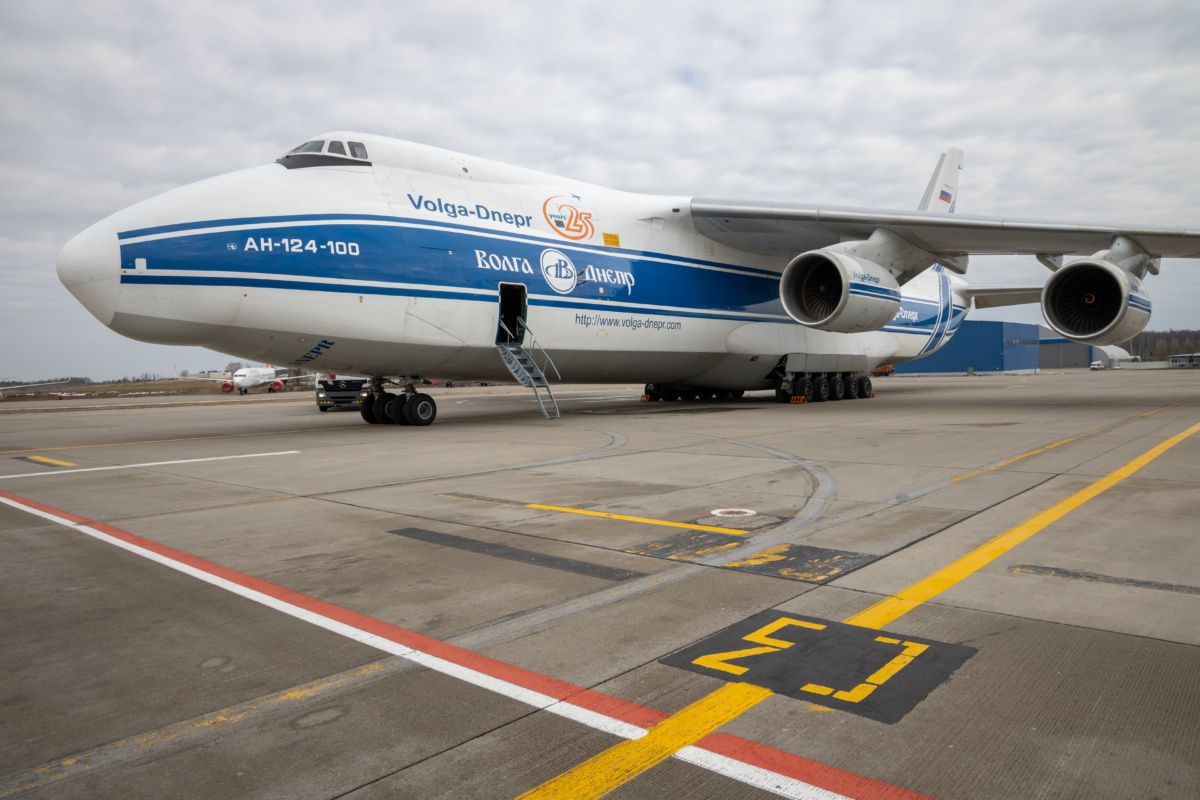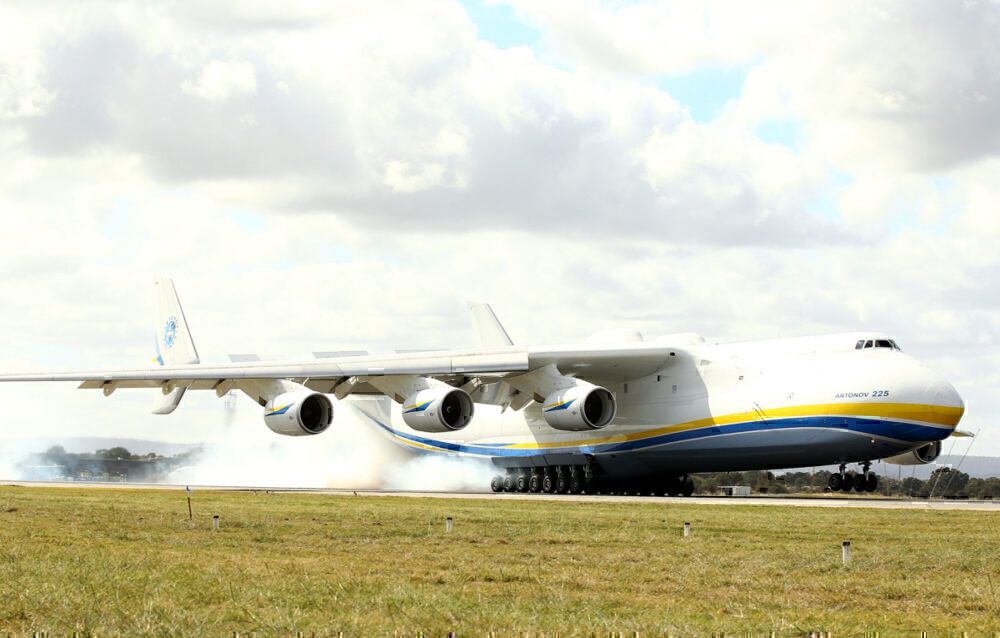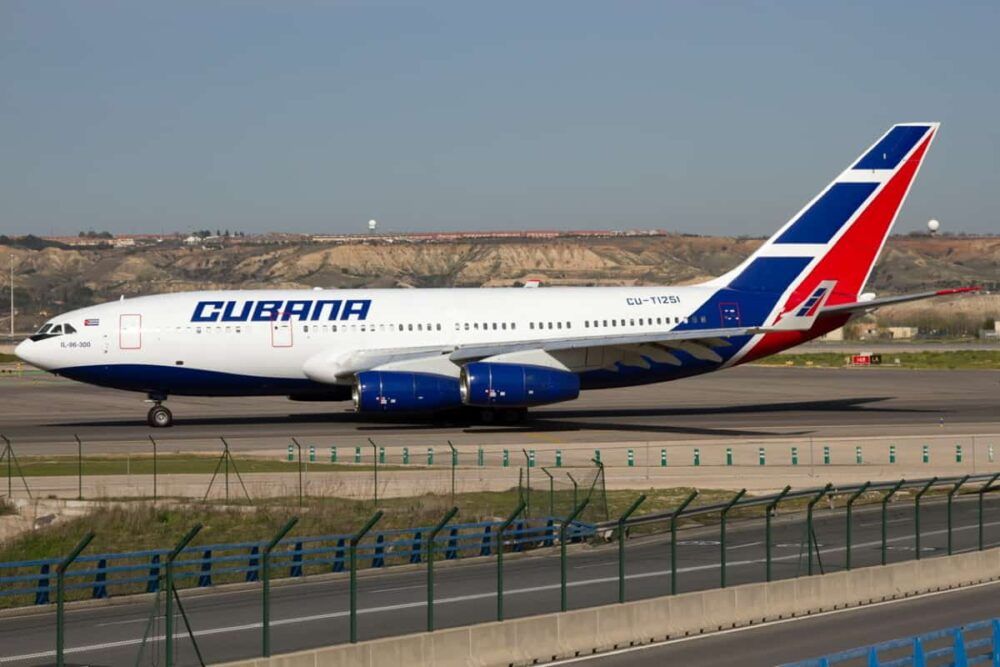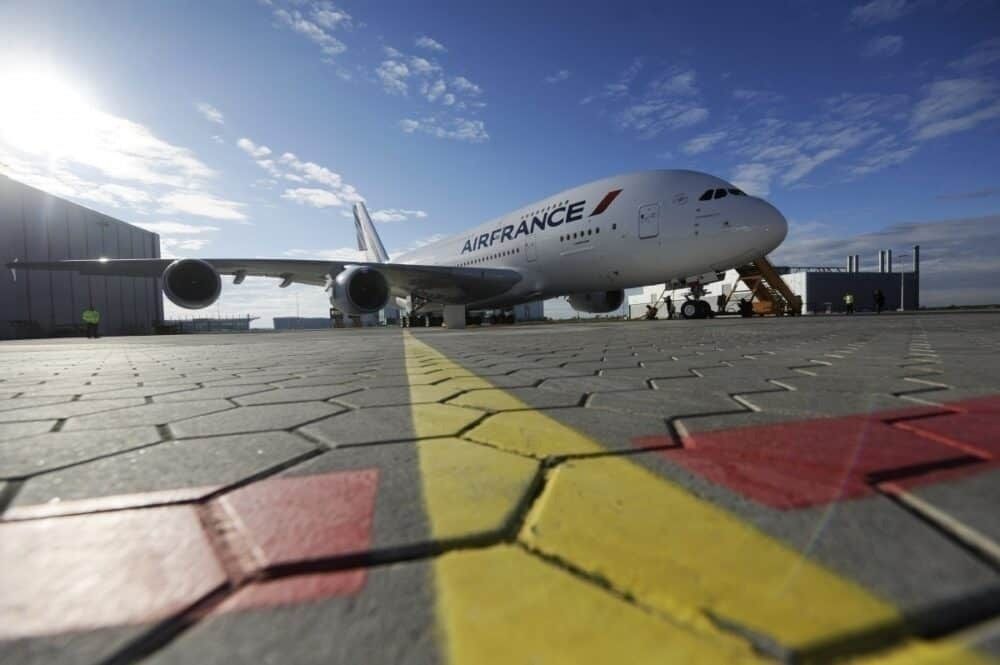The Airbus A380 was not particularly successful in a commercial sense. Despite this, it will still go down in history as one of the most iconic and recognizable aircraft of its generation. Its size plays a significant role, and no manufacturer is known for the size of its aircraft quite like Antonov. So why did its A380 equivalent never succeed?
Size matters
Ukrainian manufacturer Antonov is best known for the sheer size of its aircraft. It has, for example, constructed both the longest and heaviest plane ever built, the An-225 'Mriya' (meaning 'Dream' or 'Inspiration). This unique aircraft draws attention from avgeeks all over the world wherever it flies. The same can be said of its An-22 'Antei' (named after Antaeus, a figure in Berber and Greek mythology). This is the world's largest turboprop aircraft.
These two titans of the skies, however, are both cargo aircraft. Antonov has produced several passenger airliners, but they are relatively modest in size compared to the aforementioned juggernaut freighters. Indeed, its attempt in the early 1990s to produce a competitor to Boeing's 777, the An-218, never got beyond a full-scale wooden model.
So what happened when the company attempted to produce an 800-seat passenger version of its (also colossal) An-124 'Ruslan'?
The Antonov An-418
Global Security reports that Antonov designed the proposed An-418 as a passenger equivalent of its An-124. This aircraft, known as Ruslan (a Russian variation of the Turkish 'Aslan,' meaning 'Lion'), went on to form the basis of the larger An-225 Mriya. Antonov constructed 55 of these enormous aircraft, which have carried cargo as large as boats and trains.
The proposed An-418 was similar to the Airbus A380 'superjumbo' in its double-deck design. However, it pre-dated this European project, and was instead a response to the success of the American Boeing 747.
In the 1980s, the project fell out of favour with the Soviet government, which focussed its efforts instead on the Ilyushin Il-96. Production ceased in 1991, by which time just two examples of the An-418 had been produced. These were then converted back to An-124 cargo aircraft.
The conversion of the An-124 to the An-418 would have seen it configured with 800 seats across two decks, and a range of 10,000 km (5,400 NM). Alternatively, a lower-density 500-500-seat variant would have had a range of 12-13,000 km (6,500-7,000 NM).
These figures outrank the Airbus A380, which Emirates operates in a three-class long-range configuration of 489 passengers. However, the A380 does boast a longer operational range, measuring approximately 15,000 km (8,000 NM).
Another Eastern European A380 equivalent
Antonov was not the only Eastern European aircraft manufacturer to attempt to produce a similar design to the Airbus A380. In 1999, Sukhoi presented a 1:24 scale model of its proposed KR-860 at the Paris Air Show. As the name suggests, this would have accommodated 860 passengers, or as many as 1,000 in an all-economy configuration.
Despite Sukhoi's lofty ambitions, like the An-418, the project was ultimately a failure. However, the Airbus A380 with which they were designed to compete has become almost obsolete in the present commercial aviation climate.
In particular, we have seen this year that the ongoing coronavirus pandemic has forced carriers such as Air France to retire their superjumbos ahead of schedule. As such, the Eastern European manufacturers may ultimately consider themselves to have dodged a bullet in the failure of their aforementioned projects. For now, the future of long-haul appears to be in the twinjet single-decker market.
What are your thoughts on the aircraft? Let us know what you think in the comment section.




